Top 5 Cheapest States to Buy Land in 2025
If you’re dreaming of owning a slice of land in the U.S.—to build your dream home, start a farm, or make a long-term investment—2025 offers some incredible opportunities. The best part? You can do it without breaking the bank.
From the deserts of Arizona to the open spaces of Missouri, this guide explores the cheapest states to buy land, what makes land affordable, financing options, and everything first-time buyers need to know.
Table of Contents
- What Makes Land Affordable?
- Top 5 Cheapest States to Buy Land in 2025
- What to Know Before Buying Land
- Tips for First-Time Land Buyers
- Types of Land You Can Buy
- How Owner Financing Makes Land Ownership Easier
- Land Buying Checklist for First-Time Buyers
- Final Thoughts
- FAQs
What Makes Land Affordable?
Even in 2025, land remains one of the most valuable assets you can own. But what makes some land cheaper than others? Here are the key factors:
1. Distance from Major Cities
Land farther from urban centers is typically more affordable due to lower demand and fewer amenities.
2. Infrastructure Development
Areas with limited roads, utilities, or public services often offer land at lower prices.
3. Economic Conditions
States with slower economic growth tend to have more budget-friendly land options.
4. Climate & Geography
Harsh climates or remote terrains can reduce land value—but may appeal to off-grid buyers.
5. Zoning & Regulations
Local zoning laws and regulations can impact land use and price. Fewer restrictions often mean lower costs.

Top 5 Cheapest States to Buy Land in 2025
1. Arizona
- Average Cost per Acre: $4,200
- Offers a mix of desert and mountain landscapes, ideal for agriculture, recreation, or investment.
- Low property taxes and strong tourism appeal.
2. Missouri
- Average Cost per Acre: $14,100
- Known for forests and rolling hills, great for farming, hunting, and rural living.
- Central location and low cost of living.
3. New Mexico
- Average Cost per Acre: $6,000
- Vast open spaces and low population density make it perfect for retreats or solar farms.
4. Oregon
- Average Cost per Acre: $16,200
- Eastern and southern Oregon offers affordable land with access to outdoor recreation like hunting and fishing.
5. Nevada
- Average Cost per Acre: $59,900
- Offers privacy, minimal zoning restrictions, and wide-open desert land—ideal for alternative living.

What to Know Before Buying Land
1. Location is Everything
- Proximity to utilities, roads, and services is crucial—especially if you plan to build.
- Check local development plans and future infrastructure projects.
2. Financing Options
Land financing is different from home loans. Consider:
- Land Loans (banks/credit unions): Higher interest rates.
- USDA Rural Loans: Great for agricultural land.
- SBA 504 Loans: For business use, with low down payments.
- Owner Financing: Flexible terms, fewer credit checks, and direct negotiation with the seller to buy owner financed land.
3. Zoning & Legal Considerations
- Always verify zoning laws and land use restrictions.
- Changing zoning after purchase can be costly and time-consuming.
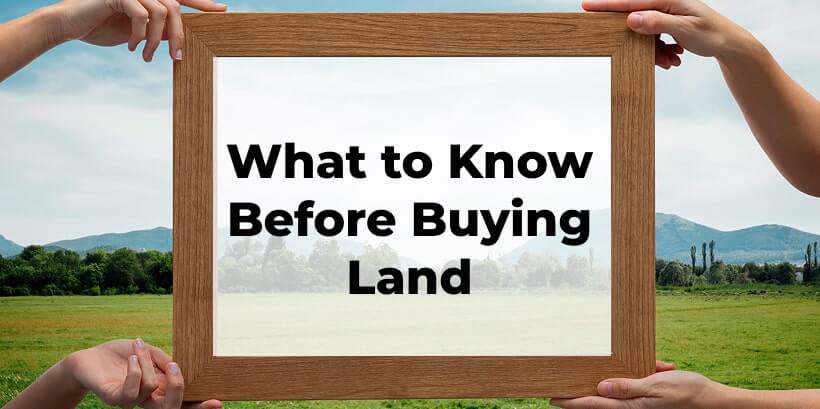
Tips for First-Time Land Buyers
Buying land for the first time? Here are some essential tips:
- Start with a Clear Goal: Know whether you’re buying for a home, farm, investment, or recreation.
- Research the Area: Visit the property, talk to locals, and check for environmental risks.
- Understand Zoning Laws: Make sure the land is zoned for your intended use.
- Get a Land Survey: Confirms boundaries and reveals any encroachments or easements.
- Check Access and Utilities: Ensure legal road access and availability of water, power, and sewage.
- Budget for More Than the Purchase Price: Include closing costs, taxes, and development expenses.
- Explore Owner Financing: Great for buyers who want flexible terms or don’t qualify for traditional loans.
- Work with a Land-Savvy Agent or Attorney: They’ll help you avoid costly mistakes.
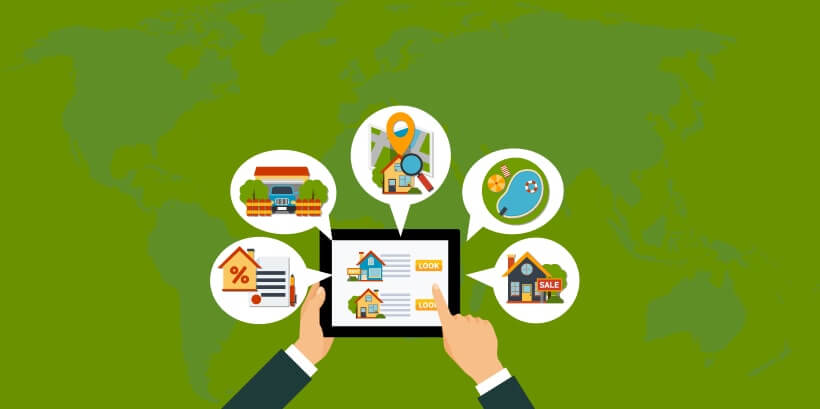
Types of Land You Can Buy
Here are the five main types of land available in the U.S.:
- Raw Land: Undeveloped and ideal for off-grid living or long-term investment.
- Residential Land: Zoned for homes, often near suburbs or cities.
- Agricultural Land: For farming, livestock, or orchards—may offer tax benefits.
- Industrial Land: Suitable for factories or warehouses, often near highways.
- Recreational Land: Perfect for hunting, fishing, or weekend getaways.
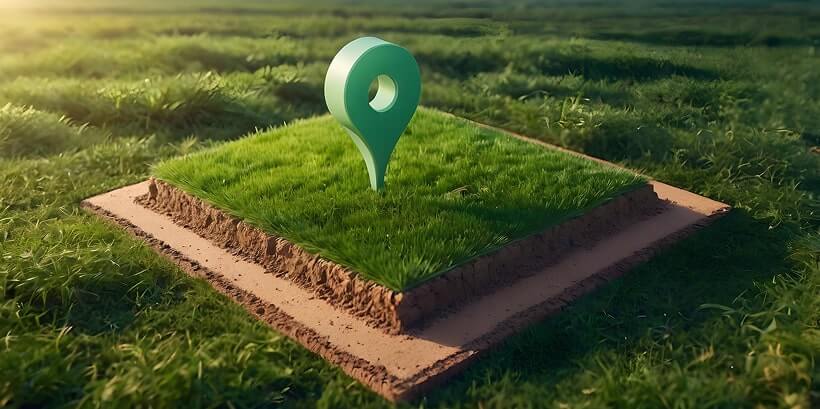
How Owner Financing Makes Land Ownership Easier
Owner financing allows you to buy land directly from the seller—no bank needed. Benefits include:
- Lower credit requirements
- Flexible payment terms
- Faster closing process
It’s a great option for buyers who may not qualify for traditional loans or want more control over the deal.

Land Buying Checklist for First-Time Buyers
Use this checklist to stay organized and confident throughout the process:
Research & Planning
- Define your purpose (home, farm, investment, recreation).
- Choose your preferred state and region.
- Research local market trends and land values.
- Visit the property in person.
- Talk to neighbors or local officials
Legal & Zoning
- Verify zoning laws and land use restrictions.
- Check for easements or deed restrictions.
- Order a professional land survey.
- Confirm property boundaries and access rights.
- Review the title and ensure it’s clear of liens.
Utilities & Infrastructure
- Confirm road access (public or private).
- Check availability of water, electricity, and sewage.
- Estimate costs for installing utilities.
- Assess soil quality and drainage.
Financing & Costs
- Determine your budget (include hidden costs).
- Explore financing options (bank loan, USDA, SBA, owner financing).
- Get pre-approved if using a lender.
- Calculate property taxes and insurance.
- Plan for development costs.
Due Diligence
- Hire a real estate attorney or land-savvy agent.
- Review the seller’s disclosures.
- Check for environmental hazards or flood zones.
- Understand local building codes and permit requirements.
- Review the county’s long-term development plans.
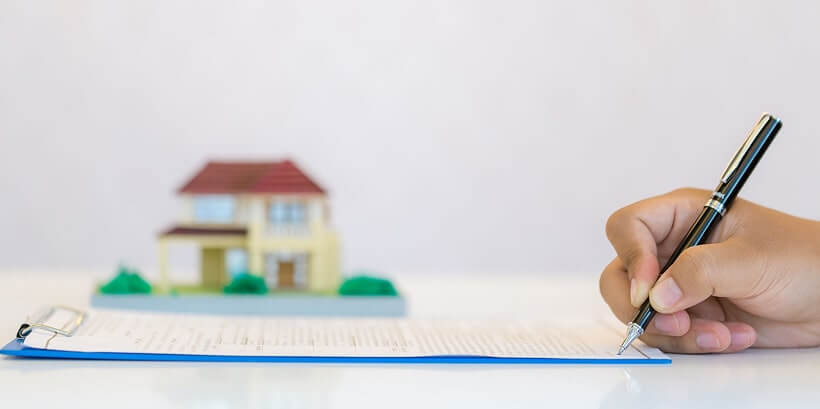
Final Thoughts
Buying land in 2025 is more accessible than ever. Whether you’re looking for a peaceful retreat, a farming opportunity, or a long-term land investment, these affordable states offer something for everyone.
Do your research, understand your goals, and explore financing options—and you’ll be well on your way to owning your own piece of America.
Sustainable Land Management Practices for a Greener Tomorrow
Reading Time: 10 minutes
Land’s not just dirt we build stuff on anymore. It’s one of the most valuable things we’ve got, especially now. Whether you’re out here looking for land for sale or already knee-deep in land ownership, the way we use and develop land today seriously affects tomorrow. That’s why sustainable land management practices are starting to matter more than ever.
Gone are the days when folks could just bulldoze a hillside, put up a strip mall, and call it progress. Now it’s about doing it smarter, greener, and in a way that doesn’t mess everything up for the next generation. This one’s for anyone thinking about buying land as an investment, exploring the best place to buy land in the US, or wondering how to develop land sustainably.
Table of Contents
- Understanding Sustainable Land Development
- Why Eco-Friendly Practices Matter
- Sustainable Approaches to Land Development
- Eco- friendly Practices for Maintaining Land
- Preserving the Natural Environment: Sustainable Actions
- Challenges People Face with Sustainable Development
- Real-Life Success Story
- Sum Up
- FAQs
Understanding Sustainable Land Development
So, let’s break it down. Sustainable land development basically means using land in a way that works for today and still leaves something behind for the future. It’s about making smart choices that don’t trash the environment.
Mainly all the traditional practices usually focus only on short-term use without foreseeing future goals. Sustainable approaches always have a vision and focus on balance with both the future and environment in mind. It is all about building a healthy, happy life with the land. Minimizing damage keeps environmental systems super strong. These days, land management practices are about balance. It is a mindset shift that focuses from “taking” to “working with.”

Why Eco-Friendly Practices Matter
Land is considered as a finite thing. Once we ruin the land, it is tough to recover. Poor planning can ruin the quality of the soil, pollute the rivers, destroy all the plants and hurt our wildlife. All these problems are not far away from impacting people right now and in the future. This could result in costly floods, droughts and even more unstable property values.
On the other hand, when you adopt sustainable land management, everything just functions better. Even if you’re into Raw land investment or looking for Cheap Land, doing it the sustainable way sets you up for bigger gains later. Healthy land always makes better investments and provides security for generations to come in the long run. It is not only about saving the planet it’s also about protecting what you have worked so hard to own for you and future generations.
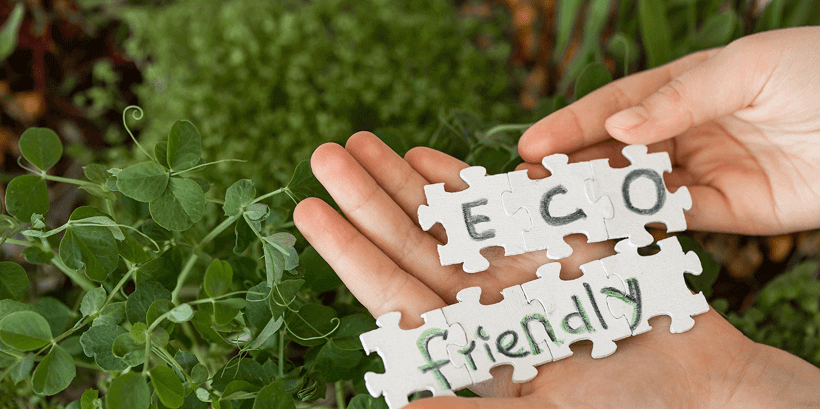
Sustainable Approaches to Land Development
So, what does sustainable land development look like in regular day to day practice? Here are some key approaches:

1. Smart Site Selection and Planning
You should always select the land that suits your plans without disturbing its natural systems and health too much. Look always for strong soil, natural drainage system and areas where all the infrastructure is easier to build. Always need to check and understand land zoning rules and regulations before starting construction to avoid all future conflicts.
2. Green Infrastructure
Always add various features like rain gardens, natural drainage channels or permeable walkways. These help water soak into the ground, prevent flooding related issues and protect soil health in the long run.
3. Energy-Efficient Design
Development of buildings on your land should work in a very peaceful manner with natural light, wind and temperature. The proper use of Off-Grid Power Solutions like solar panels, designing for ventilation and insulating properly always reduces energy use and saves you money over time.
4. Low-Impact Construction
You do not always need to flatten every inch to build something very meaningful. Try to use recycled materials, reuse resources and choose construction teams who are experts and understand eco-friendly practices. Try to build in a way that has little impact on the land as possible.
Eco- friendly Practices for Maintaining Land
Buying and developing land sustainably is the very first step but it all depends on how you care for that property afterward.
Soil Health and Erosion Control: Use natural compost, avoid harsh and expensive chemicals and keep ground cover with plants that will always help to prevent the soil from washing away.
Water Conservation: Collecting and storing of rainwater, using greywater and planning for an efficient drainage system will ensure that resources are not wasted.
Native Plant Landscaping: Local plants are more resilient and easier to grow and survive, saves money on care and attract pollinators too that strengthen the ecosystems.
Wildlife Preservation: Protect existing habitats as much as possible. Leave some space for birds, bees and local animals to thrive alongside you for good health.
Preserving the Natural Environment: Sustainable Actions
Even small changes of everyday can make a huge impact on sustainability:
Limited Land Clearing: Keep clean space with old trees, bushes and natural slopes. They prevent erosion and support to keep a good and healthy environment.
Reforestation: If you cut down trees, you should plant some new ones together. Trees always help with shade, soil strength, air quality and even mental health.
Waste Management During Development: Recycling and reusing leftover wood, bricks and even concrete can save a huge amount of money for a longer run. What you see as a scrap may still have some value for any another purpose.
Challenges People Face with Sustainable Development
Living sustainably is not always easy. Check some of the common challenges:
Higher Upfront Costs: Eco-friendly solutions sometimes cost you much more upfront, but it usually saves money in a long-term on bills and maintenance.
Regulation and Zoning Limits: Some of the areas are having strict laws that can limit whatever you do. Learning about all such zoning, deeds and titles before buying land can save stress later.
Lack of Awareness: Not every builder knows about how to build the sustainably. Sometimes you need to guide them the process and insist them on eco-friendly options for betterment of the future.
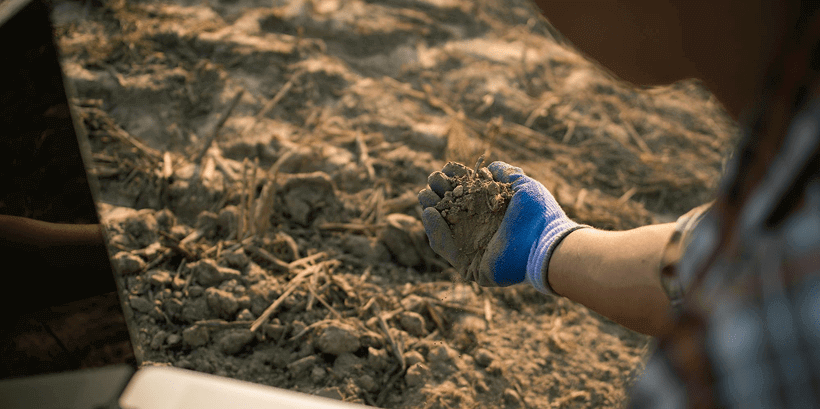
Real-Life Success Story
Across the U.S., most of the landowners are proving that sustainable development truly works for healthy and a happy future.
Some homesteaders buy remote land and use that as off-grid energy solutions like solar panels and wind power to create self-sufficient houses. While others buy cheaper rural land and transform it with the natural building materials and renewable source of energy systems. Developers are meeting demand for all the eco-friendly living by offering rentals, cabins and owner-financed lands according to your budget that blend comfort with sustainability.
The results speak for themselves: Healthier land, stronger communities, happier owners and properties that grow in terms of value while helping the environment always returns a good value later.
Sum Up
In terms of a long-term return, sustainable land use is more than rules or trends. It is all about respect. Respect towards the nature, respect for our own future and respect for the land we call our home.
If you are considering land for a home, a retreat or even a long-term investment take time to think about the future that you will leave behind. Make choices that give you comfort today while preserving investment opportunity for tomorrow.
Land is a very limited recourse. Once it is ruined, we will not be able to get it back. Let us choose and use it wisely, so that owning any part of the land means more than building but it means caring.
Look at your options. Check out the land buying guide, ask yourself what kind of footprint you want to leave, and whether you really know how to buy land the smart way.



